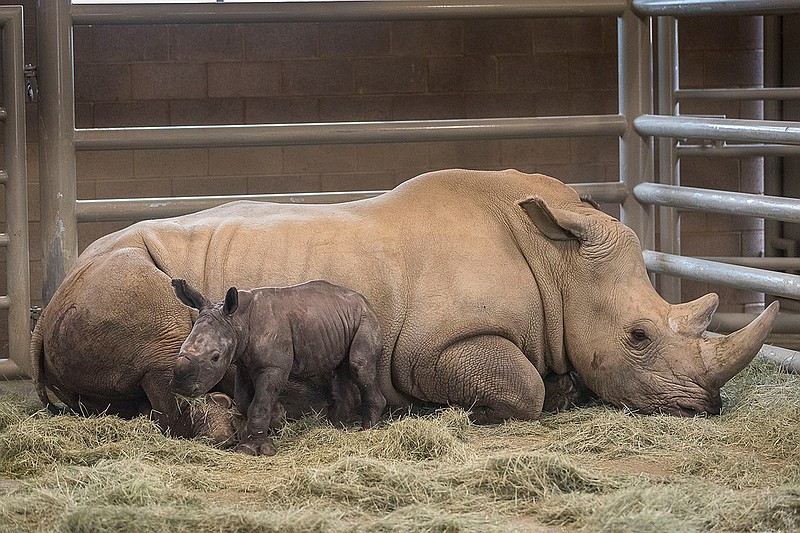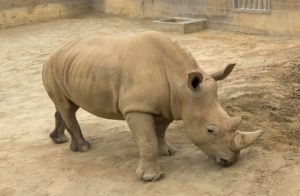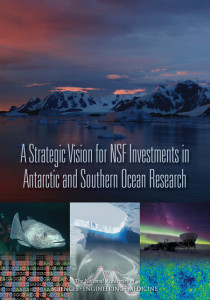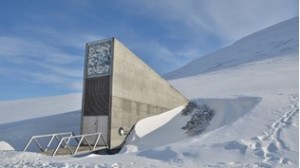Peter Lobner
Background
On 14 April 2003 the National Human Genome Research Institute (NHGRI), the Department of Energy (DOE) and their partners in the International Human Genome Sequencing Consortium declared the successful completion of the Human Genome Project. Under this project, a “working draft” of the human genome had been developed and published in 2000 – 2001. At $2.7 billion in FY 1991 dollars, this project ended up costing less than expected and was completed more than two years ahead of its original schedule. However, “finishing” work continued through 2006 when sequencing of the last chromosome was reported.
A parallel project was conducted by the Celera Corporation, which was founded by Craig Venter in 1998 in Rockville, MD. The Celera project had access to the public data from the Human Genome Project and was funded by about $300 million from private sources. Competitive pressure from Celera, coupled with Celera’s plans to seek “intellectual property protection” on “fully-characterized important structures” of the genome likely accelerated the public release of the genome sequencing work performed by the Human Genome Project team.
In 2006, XPRIZE announced the Archon Genomics XPRIZE, offering $10 million to the first team that could rapidly and accurately sequence 100 whole human genomes to a standard never before achieved at a cost of $10,000 or less per genome.
 Source: genomics.xprize.com
Source: genomics.xprize.com
This contest was cancelled in August 2013 (first-ever XPRIZE competition to be cancelled), when it became obvious that, independent of this XPRIZE competition, the cost of commercial genome sequencing was plummeting while the sequencing speed was rapidly increasing. At the time the XPRIZE was cancelled in 2013, the cost of sequencing had dropped to about $5,000 per genome. You can read more about the cancellation of this XPRIZE at the following link:
http://genomics.xprize.org/news/outpaced-innovation-canceling-xprize
Remarkable progress at Illumina
About six months after the XPRIZE was cancelled, the San Diego gene sequencing firm Illumina announced on 14 January 2014 that it could sequence a human genome for $1,000 with their HiSeqX Ten sequencing system. A 15 January 2014 BBC report on this achievement is at the following link:
http://www.bbc.com/news/science-environment-25751958
At the time, the HiSeqX Ten was the top-of-the-line gene sequencing system in the world. It was reported to be capable of sequencing five human genomes per day. That’s about 4.8 hours per genome for a cost of $1,000 in January 2014. The HiSeqX Ten system actually is a set of 10 machines that sold originally for about $10 million. The smaller HiSeqX Five system, comprised of five machines, sold for about $6 million. One of the early customers for the HiSeqX Ten system was San-Diego-based Human Longevity Inc. (HLI), which Craig Venter co-founded.
 Illumina’s HiSeqX Ten sequencing system. Source: Illumina
Illumina’s HiSeqX Ten sequencing system. Source: Illumina
You’ll find details on the HiSeqX Ten system on the Illumina website at the following link:
http://www.illumina.com/systems/hiseq-x-sequencing-system/system.html
About six months later, on 16 July 2014, Dr. Allison Hahn, Sr. Applications Scientist from Illumina, Inc. was the Lyncean Group’s 87th speaker, with her presentation entitled, “How Genomics is Changing the Way We Think About Health and Disease.” The focus of this presentation was on how next-generation sequencing technology was paving the way toward using genomics in medicine. While this presentation was fascinating, one thing missing was a sense of just how short a “generation” was in the gene sequencing machine business.
On 10 January 2016, San Diego Union-Tribune reporter Bradley Fikes (another Lyncean Group speaker, April 2016) broke the news on Illumina’s new top-of-the-line genome sequencer, the NovaSeqTM sequencing system, which claims the capability to sequence a human genome in an average time of about one hour.

NovaSeqTM 6000. Source: Illumina
The U-T report provided the following additional details:
- Illumina will sell the NovaSeqTM sequencing systems individually, with the first units expected to ship in March 2017
- Two models, NovaSeqTM 5000 and 6000, are priced at $850,000 and $985,000, respectively.
- “And ‘one day,’ Illumina chief executive Francis DeSouza said, the company’s NovaSeq line is expected to reduce the cost of sequencing to $100 per human genome.”
You can read Bradley Fike’s complete U-T article at the following link:
http://www.sandiegouniontribune.com/business/biotech/sd-me-illumina-novaseq-20170109-story.html
You’ll find product details on the NovaSeqTM series of sequencing systems on the Illumina website at the following link:
http://www.illumina.com/content/dam/illumina-marketing/documents/products/datasheets/novaseq-series-specification-sheet-770-2016-025.pdf
In less than two decades, human genome sequencing has gone from a massive research program to an extraordinarily efficient commercial process that now is on the brink of becoming a commodity for ever broadening applications. The great speed and relatively low price of the new NovaSeqTM sequencing systems, and any other commercially competitive counterparts, are certain to transform the way genomic science is integrated into medical services.
What will Illumina do for an encore?

 Southern white rhino Victoria. Photo source: Tammy Spratt, San Diego Zoo Safari Park via San Diego Union Tribune
Southern white rhino Victoria. Photo source: Tammy Spratt, San Diego Zoo Safari Park via San Diego Union Tribune





